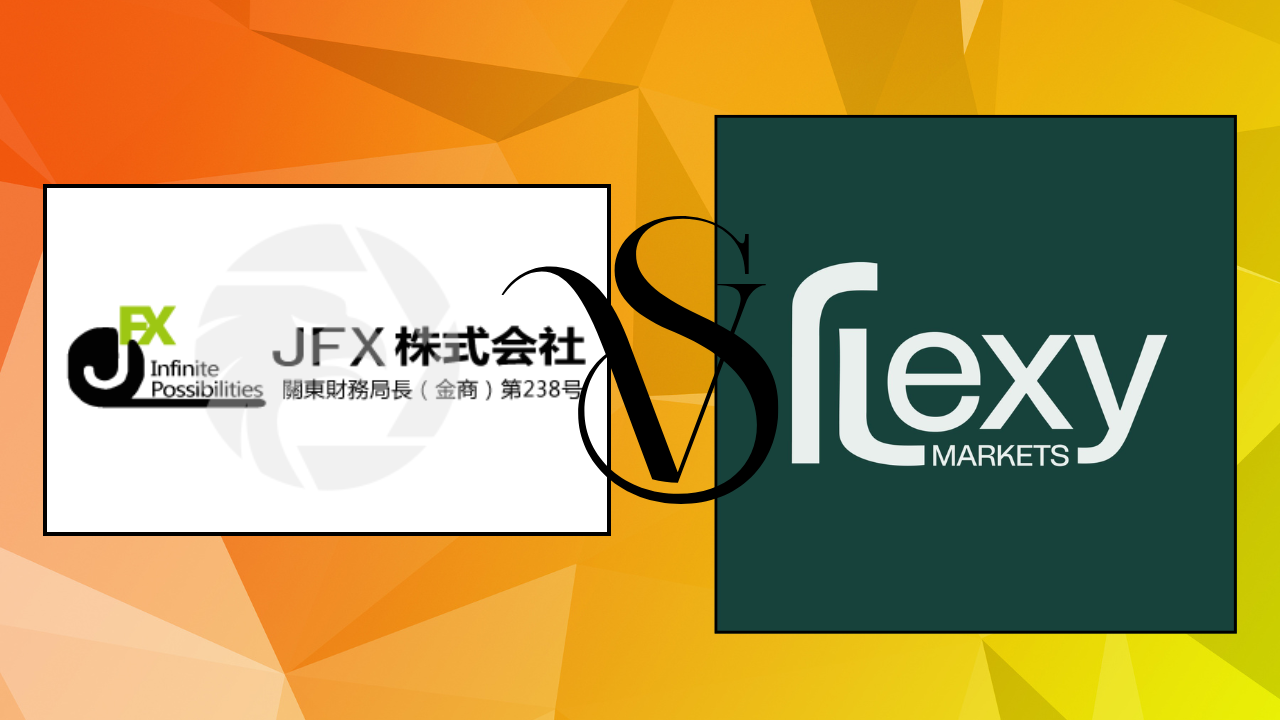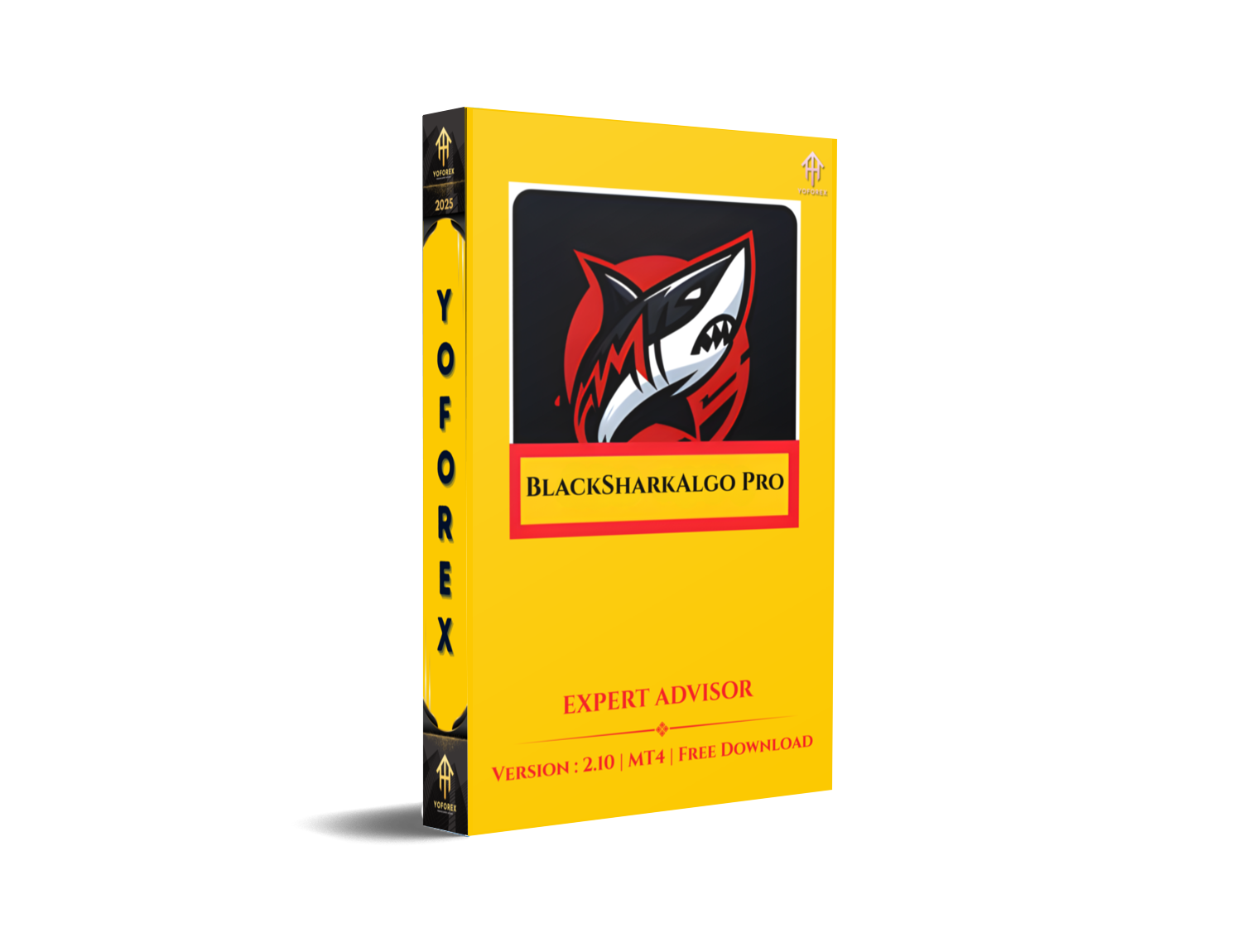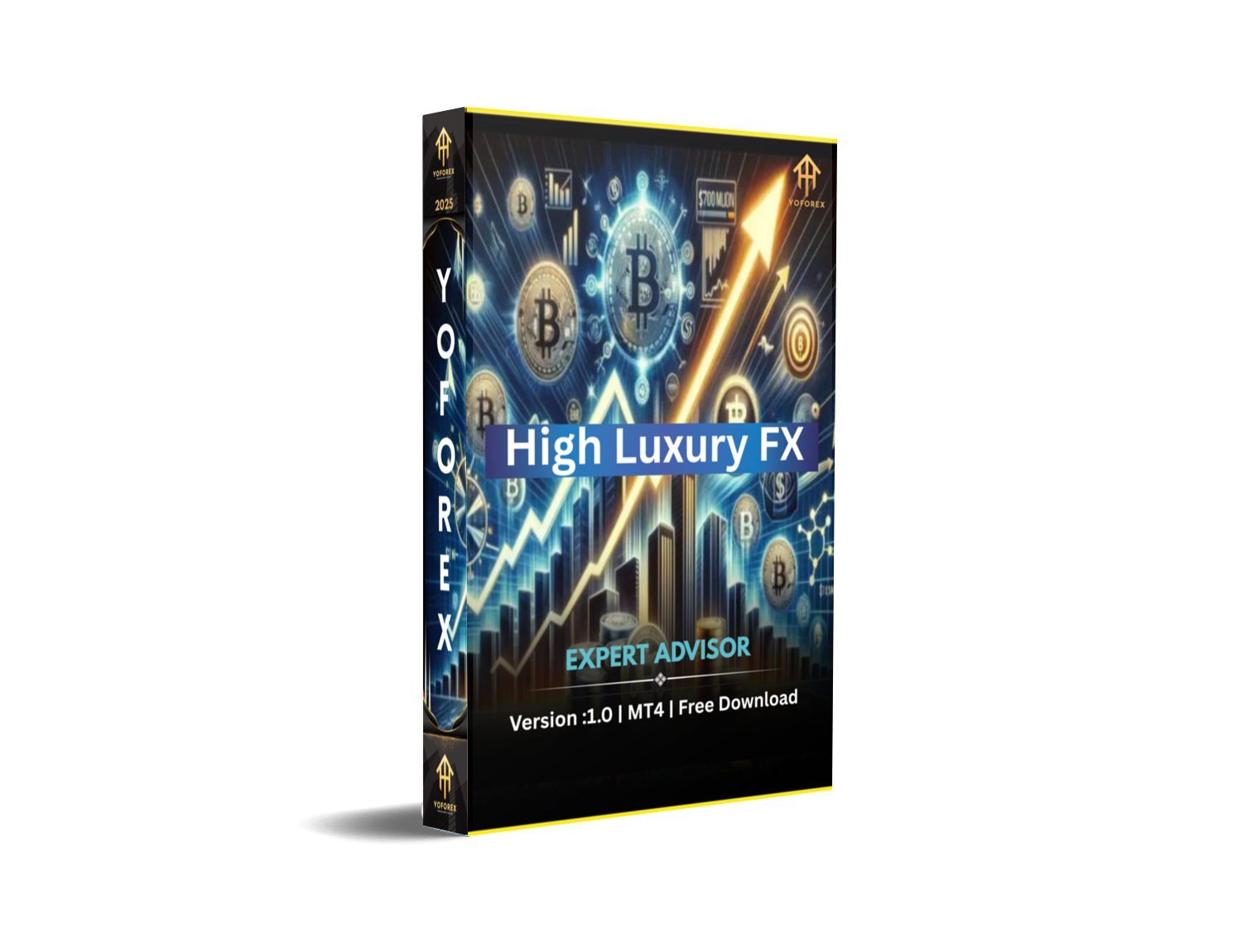
Plus500 vs. Flexy Markets A Complete Breakdown for Traders
By: Swarnalata
Published on: Mar 29, 2025
The choice between Plus500 vs. Flexy Markets can make or break your trading experience. Both platforms are popular among CFD and forex traders, but they cater to different needs. In this detailed comparison, we’ll dissect their features, fees, regulation, and usability to help you decide which platform aligns with your strategy.
Why Compare Plus500 vs. Flexy Markets?
Understanding the key differences between Plus500 and Flexy Markets is critical for traders seeking optimal tools, low fees, and reliable execution. While Plus500 is a well-established brand, Flexy Markets appeals to those prioritizing flexibility and diverse assets. Let’s dive into the specifics.
1. Regulation & Security
✔️ Plus500:
- Regulated by top-tier authorities (FCA, ASIC, CySEC).
- Segregated client funds for added security.
- Publicly listed company (LSE: PLUS), ensuring transparency.
✔️ Flexy Markets:
- Regulated by the FSA (Seychelles), a less stringent authority.
- Focuses on international clients outside the EU/UK.
- Offers negative balance protection.
Verdict: Plus500 wins for stricter regulation, ideal for risk-averse traders.
2. Trading Instruments
✔️ Plus500:
- 2,000+ instruments: Forex, stocks, ETFs, cryptocurrencies, commodities.
- No mutual funds or bonds.
✔️ Flexy Markets:
- 500+ instruments: Focus on forex, CFDs, and cryptocurrencies.
- Unique offerings like exotic currency pairs.
Verdict: Plus500 vs. Flexy Markets leans toward Plus500 for broader asset diversity.
3. Fees & Spreads
✔️ Plus500:
- Tight spreads starting at 0.6 pips for EUR/USD.
- No commission fees (revenue from spreads only).
- Inactivity fee: $10/month after 3 months.
✔️ Flexy Markets:
- Competitive spreads from 0.4 pips.
- Zero deposit/withdrawal fees.
- No inactivity charges.
Verdict: Flexy Markets edges out for lower spreads and no inactivity fees.
4. Platform Usability
✔️ Plus500:
- Proprietary web and mobile app (intuitive for beginners).
- Advanced charting tools, risk management features.
- No MT4/MT5 support.
✔️ Flexy Markets:
- MT5 platform available (favored by advanced traders).
- Customizable dashboards and algorithmic trading.
- Steeper learning curve for new users.
Verdict: Choose Plus500 for simplicity; Flexy Markets for advanced MT5 tools.
5. Customer Support
✔️ Plus500:
- 24/7 live chat and email support.
- Comprehensive FAQ section.
- No phone support.
✔️ Flexy Markets:
- Email and live chat (limited hours).
- Multilingual support.
- Slower response times reported.
Verdict: Plus500 offers more reliable customer service.
Plus500 vs. Flexy Markets: Side-by-Side Summary
Feature Plus
Regulation
Instruments
Minimum Deposit
Spreads (EUR/USD)
Platform
Plus500
FCA, ASIC, CySEC
2,000+
$100
0.6 pips
Proprietary
Flexy Markets
FSA (Seychelles)
500+
$50
0.4 pips
MT5
Who Should Choose Plus500?
- Beginners seeking a user-friendly platform.
- Traders prioritizing regulation and security.
- Those interested in diverse CFDs and ETFs.
Who Should Choose Flexy Markets?
- Advanced traders needing MT5 and algorithmic tools.
- Users wanting lower spreads and no inactivity fees.
- Traders focused on forex and crypto CFDs.
FAQs: Plus500 vs. Flexy Markets
Q: Is Plus500 safer than Flexy Markets?
A: Yes, due to its stricter regulatory oversight.
Q: Can I use MetaTrader on Plus500?
A: No, Plus500 uses its proprietary platform.
Q: Does Flexy Markets offer demo accounts?
A: Yes, a risk-free demo account is available.
Final Verdict: Plus500 vs. Flexy Markets
In the Plus500 vs. Flexy Markets showdown, your choice hinges on priorities:
- Plus500 excels in regulation, ease of use, and asset variety.
- Flexy Markets suits cost-conscious traders wanting MT5 flexibility.












Comments
No comments yet. Be the first to comment!
Leave a Comment